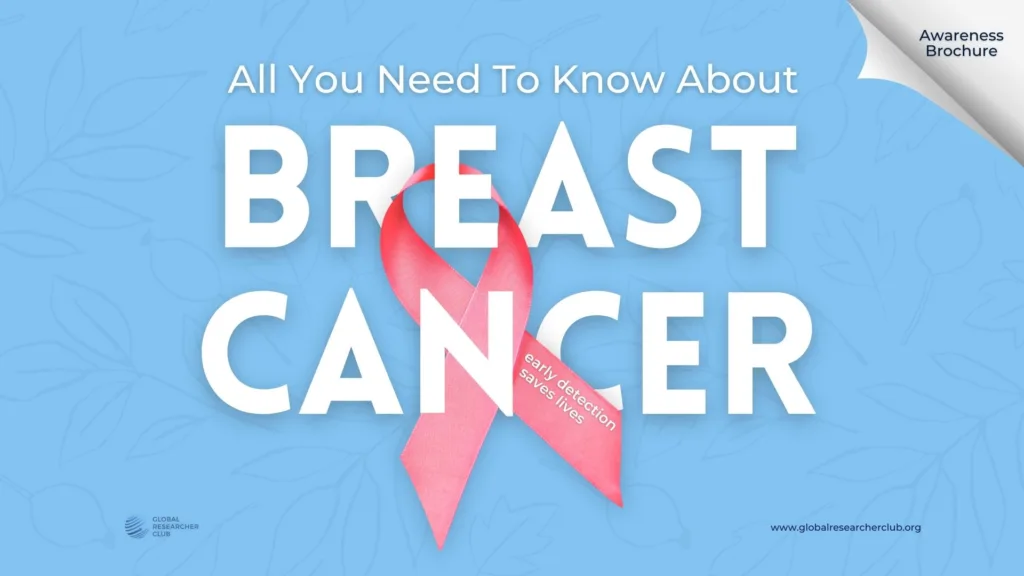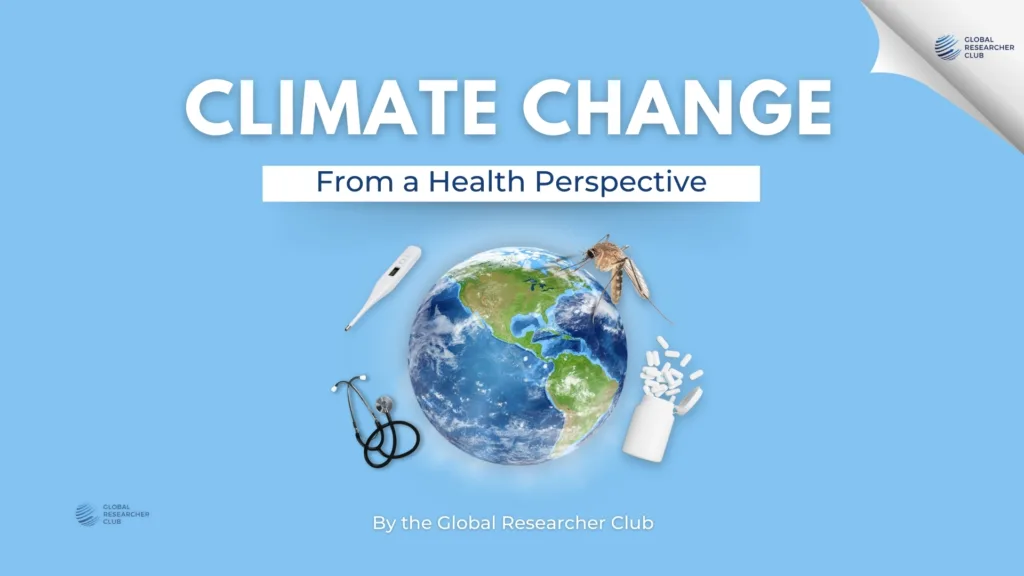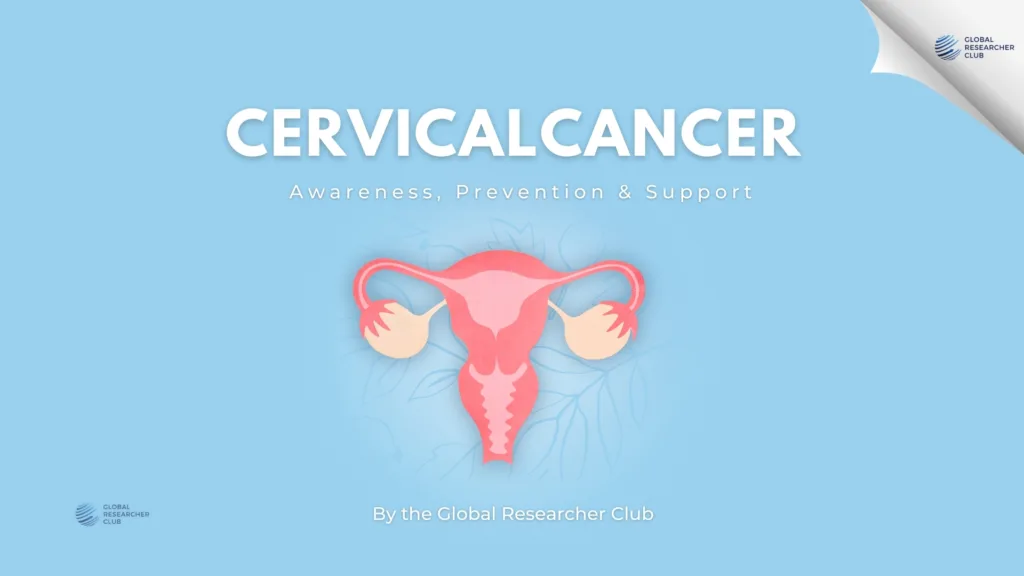World Hand Hygiene Day 2024
Assem Gebreal, Awau Oredolapo Siyanbola, Samah Idrees, Mandy Moien Mohamed, Ramy Ghazy
World Hand Hygiene Day 2024
Proper hand cleaning could substantially save lives, a fact that led the World Health Organization (WHO) to launch World Hand Hygiene Day in 2009 to support global improvement in hand hygiene and raise awareness of its importance in preventing diseases and boosting universal health coverage (UHC).
Each year, on the fifth of May, the world celebrates World Hand Hygiene Day, during which many health promotion specialists, healthcare workers, volunteers, and others make efforts to highlight the significance of hand hygiene procedures.
Despite being a simple yet appropriate act, hand hygiene is a vital measure of standard precautions that could prevent the spread of microorganisms—even those that are antimicrobial resistant—in healthcare settings.
The adherence to hand hygiene recommended practices among healthcare workers around the world is suboptimal, with differences between high-income and low-income countries, with compliance levels of 64.5% and 9.1%, respectively. 15% of patients in low-income countries got infected by healthcare-acquired infections (HAIs), while 7% of patients in high-income countries experienced HAIs. Thus, hand hygiene improvement programs were initiated, which have been proven to protect against 50% of preventable infections acquired during health care delivery (HAIs).
A research study carried out by the WHO team on hand hygiene interventions found a strong body of evidence showing that improved hand hygiene practices reduce HAIs and/or the transmission of multidrug-resistant organisms (MDROs).
Hand hygiene is a cornerstone of Infection Prevention and Control and, therefore, poses a great effect on patient safety and patient care quality.
COVID-19 has powerfully demonstrated that good hand hygiene practices, among other preventative measures, are critical for infection prevention and control.
Coronavirus is a contagious virus that is transmitted through direct contact with an infected person’s secretions from the mouth or nose or indirect contact via contaminated surfaces. Hand hygiene is an effective way to prevent the spread of coronavirus, which causes COVID-19.
Hand washing, thoroughly and frequently, with soap and running water is a practical tool for protection against COVID-19 by breaking the cycle of coronavirus transmission through people and via surfaces.
The proper steps for hand hygiene
Here are the key steps to ensure proper hand hygiene;
-
Wet your hands with clean, running water.
-
Apply soap to your hands and lather well. Make sure you cover all surfaces of your hands, including between your fingers and under your nails.
-
Wash your hands for at least 20 seconds. To keep track of time, you can sing the “Happy Birthday” song twice. It is important to comply with the following steps while washing;
-
Rinse your hands thoroughly under the clean, running water.
-
Dry your hands with a clean towel or air dry them.

Hand hygiene among healthcare professionals
Hand hygiene should be regarded as a priority among healthcare professionals, as it helps to reduce the transmission of infections and can also improve patient outcomes. According to the established hand hygiene guidelines, healthcare professionals must wash hands with soap and water or use alcohol-based hand rubs before and after contact with a patient and after any activity that soils the hand.
In a surgical setting, there are hand and arm disinfection protocols known as “Scrubbing”. The conventional scrubbing technique involves two phases;
-
Clean the fingernails before the scrub (NO artificial fingernails, NO nail polish, NO jewelry)
-
Wash hands and forearms with soap and warm running water
-
Rinse from the hands downwards toward the elbow.
-
Rub the antiseptic solution into hands and forearms following the series of steps required for proper hand hygiene: palm on palm, between fingers, etc.
-
The length of the scrub takes a minimum of 5 minutes
-
Hands should be dry at the end of scrubbing and kept in an elevated position throughout the operation!

Hand hygiene awareness among kids
Kids are naturally curious human beings. This curiosity leads them to touch everything in their surroundings, leaving them at a high risk of coming into contact with different germs and bacteria. That is why hand hygiene awareness among kids is crucial for many reasons, including:
Fighting Infectious Diseases: When kids wash their hands regularly and properly, they can help reduce the transmission of germs within their family, community, or school, thereby contributing to public health.
Developing Healthy Habits: There’s a saying, “As the twig is bent, so is the tree inclined.” It emphasizes how early experiences and habits can shape a person’s behavior in adulthood. By educating about good hand hygiene early on, we can set a foundation for a lifetime of healthy habits for the kids.
Empowerment: When kids understand the importance of hand washing and how it helps them stay well, it can empower them to take responsibility for their own health and hygiene habits.
Combating Global Health Challenges: The recent COVID-19 pandemic has highlighted the importance of hand hygiene like never before. Teaching kids about hand hygiene can surely help prepare them to face future health crises and mitigate their impact.





